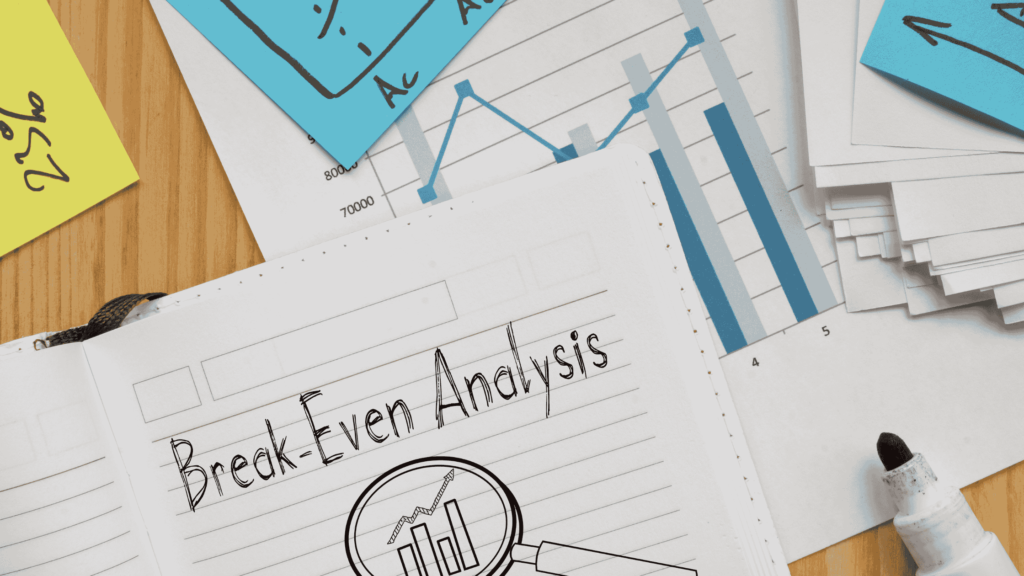Physical Address
304 North Cardinal St.
Dorchester Center, MA 02124
Ever wondered what it really takes to launch a proprietary trading firm? With the prop trading industry experiencing unprecedented growth in recent years, I’ve seen increasing interest from entrepreneurs looking to enter this lucrative space. According to recent industry data, the global prop trading market has grown by over 40% since 2020, with new firms entering the market at an unprecedented rate.
As someone who has consulted with numerous prop firm founders, I can tell you that the numbers might surprise you. While some firms have launched with initial investments as low as $100,000, others have required several million dollars. The variance largely depends on your business model, target market, and prop firm regulatory environment.

The foundation of any successful prop trading firm begins with proper capitalization. While the total investment can vary significantly, understanding the core components is crucial for proper planning. Let’s break down these essential costs in detail.
Establishing a proper legal structure is non-negotiable in the prop trading industry. This process involves more than just registering a business name. You’ll need comprehensive legal documentation, proper licensing, and robust compliance frameworks. Most successful firms spend between $15,000 and $30,000 on initial legal setup, including consultation fees and documentation preparation.
The exact cost depends largely on your jurisdiction and business model. For instance, if you’re planning to operate in multiple countries, expect legal costs to increase significantly. Many firms find it beneficial to allocate a larger budget for legal setup, as cutting corners here can lead to costly issues down the line.
In today’s digital trading environment, your technology stack is perhaps your most critical investment. This isn’t just about having fast computers – it’s about building a robust, reliable, and secure trading infrastructure that can handle millions of dollars in transactions.
A robust trading infrastructure typically includes:
But beyond these basic components, you’ll need to consider redundancy systems, backup solutions, and cybersecurity measures. Many successful firms invest in multiple data centers and maintain backup systems in different geographical locations to ensure continuous operation.
The most significant portion of your startup costs will likely be your initial trading capital. This isn’t just about meeting regulatory minimums – it’s about having enough capital to withstand market volatility and support your traders effectively.
Different jurisdictions have varying minimum capital requirements:
However, meeting minimum requirements often isn’t enough. Most successful firms maintain capital well above these minimums to ensure stability and growth potential. For example, a mid-sized firm typically maintains operational capital of $2-5 million, even if regulatory minimums are lower.
Beyond regulatory requirements, you’ll need sufficient capital to fund day-to-day operations. This includes covering trading losses, maintaining margin requirements, and ensuring smooth cash flow. A good rule of thumb is to maintain operational capital equal to at least six months of expected expenses.
For example, if your monthly operational costs are $50,000, you should have at least $300,000 in operational capital, separate from your trading capital. This buffer helps ensure your firm can weather periods of poor performance or unexpected market events.
Similar Blog: 7 Clever Ways Forex Prop Firms Make Money

Understanding potential revenue streams is crucial for determining how much capital you’ll need before reaching profitability. Most successful prop firms generate revenue through multiple channels:
Trading profits typically account for 40-60% of revenue, but successful firms diversify their income through:
A well-structured firm can expect to break even within 12-18 months, assuming proper capitalization and efficient operations. However, this timeline can vary significantly based on market conditions and operational efficiency.
Your ongoing operational costs will typically include:
Fixed Costs (Monthly):
Variable Costs:
Perhaps the most crucial aspect of starting a prop trading firm is understanding that adequate capitalization isn’t just about meeting minimums – it’s about building a sustainable business. Many firms fail not because of poor trading performance, but because they underestimate the capital needed for proper infrastructure and operations.
A realistic minimum budget for launching a competitive prop trading firm in 2024 is between $500,000 and $1,000,000. This allows for:
Remember, while it’s possible to start with less, undercapitalization is one of the primary reasons new prop firms fail. It’s better to start with more capital than you think you need and scale gradually than to launch underfunded and struggle to maintain operations.
Once your firm is operational, having additional capital for growth becomes crucial. Successful firms typically reinvest 30-40% of profits into expansion, including:
Planning for these future investments during your initial capitalization phase can help ensure sustainable long-term growth.
The key to success in the prop trading industry isn’t just having enough capital – it’s about deploying that capital effectively across all aspects of your operation. While the initial investment might seem substantial, a well-capitalized and properly structured firm has the potential for significant returns in this growing industry.
Also read our latest blog on An In-Depth Analysis of Prop Trading vs Market Making